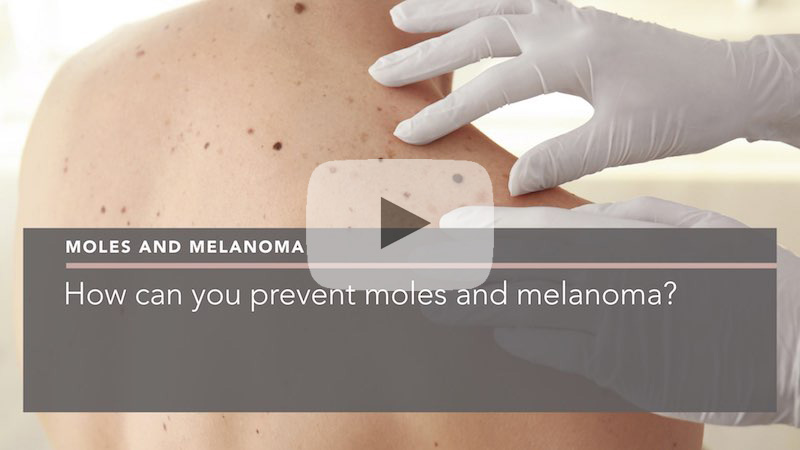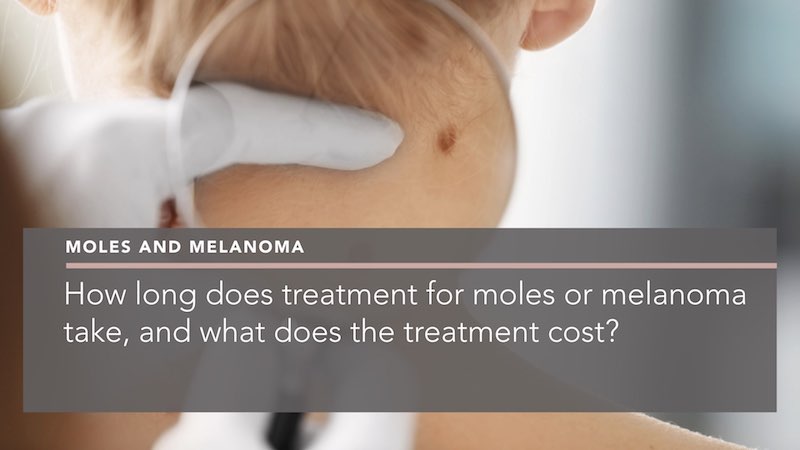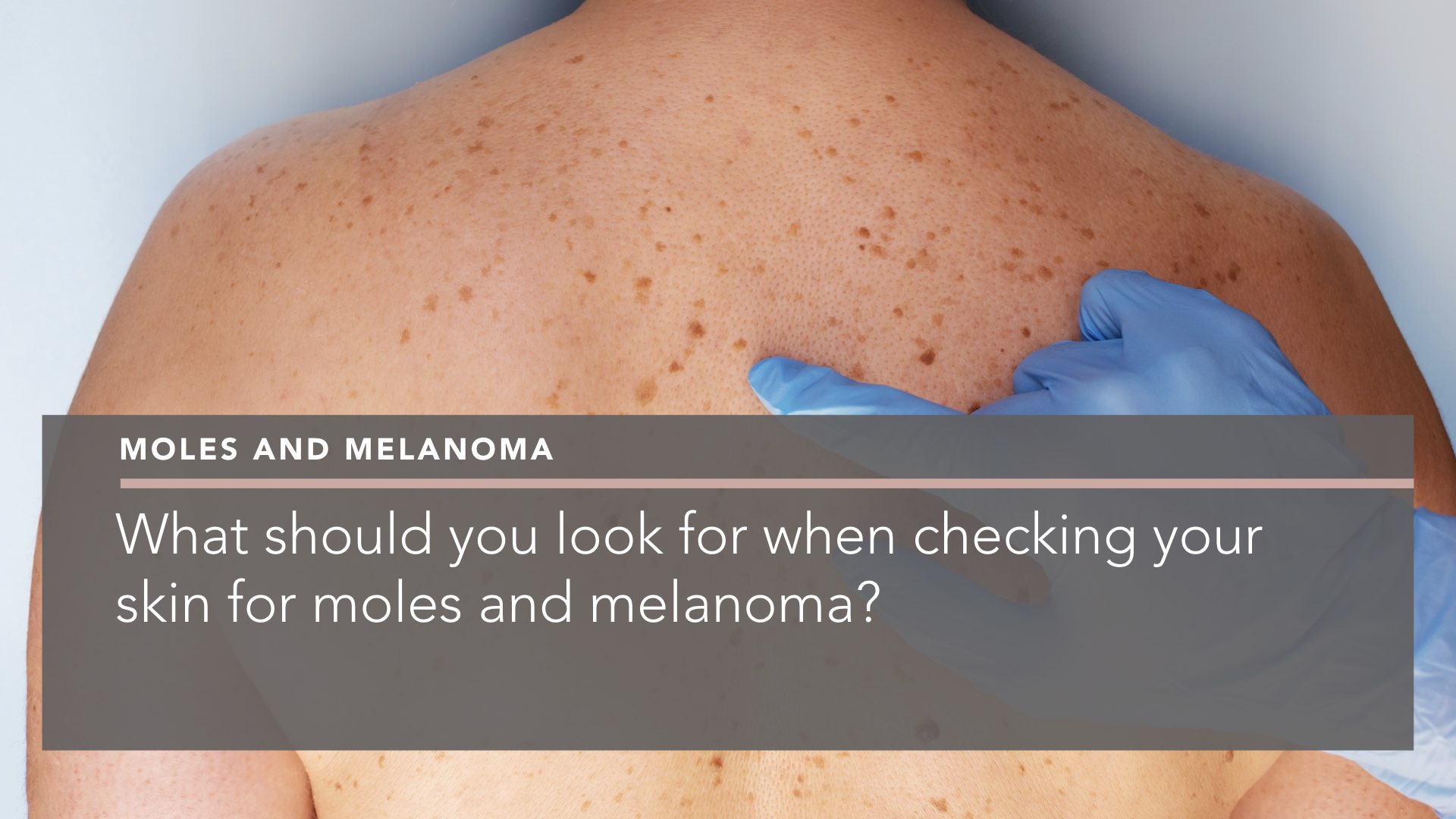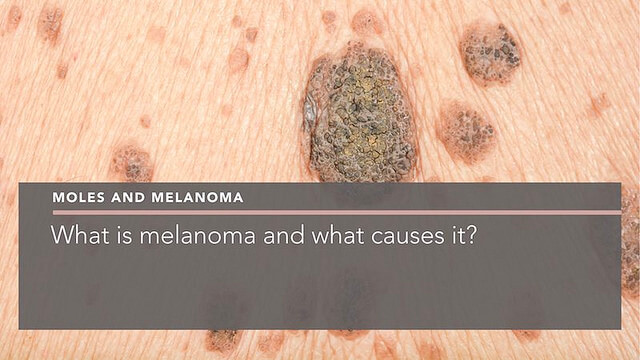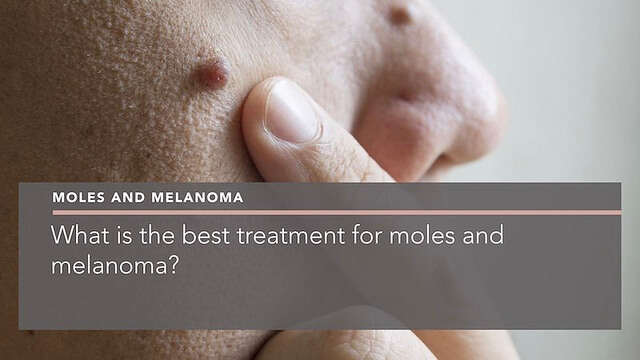You can prevent moles and melanoma by taking the right precautions in the sun
You may have noticed there’s a lot of campaigning in the news at the moment on how to protect your skin from the sun to avoid melanoma. What it boils down to is taking the right sun precaution measures. There are three simple steps:
- Keep yourself in the shade
- If you can’t keep yourself in the shade, then wear protective clothing such as a wide-brimmed hat and long sleeves
- Apply plenty of sunblock
It is important to mention that sunblock is the third level of protection and one that doesn’t 100% protect you from sun damage.
A large number of people don’t apply enough sunblock or apply it frequently enough. To get the same level of protection that it says on the bottle, you have to apply good amounts, re-apply every two hours, and after swimming and sweating.
It is also crucial to avoid those intense bursts of sun exposure and to stay clear of sunbeds as these are a significant risk factor in melanoma.
How often is a regular mole check?
If you have a lot of moles or already have sun damage, it’s essential that you check your moles on a regular basis as you may have a slightly higher risk of melanoma than someone who doesn’t have this level of moles.
You should check your moles yourself at home every month. A 10-minute check of your pre-existing moles in front of a mirror as you come out of the shower is the very basic level. You should check for changes in size, shape and colour.
When checking your moles, questions you should ask your self are:
- Are they asymmetric?
- Has their border changed?
- Are they two or three different colours?
- Have they increased in size?
If your answer is yes to any of these questions then you need to see an expert.
Not only do you need to check your moles, but you also need to look out for any changes to your skin such as any new pigmented spots. It can be helpful to take a picture of these changes with your smartphone, just like we do in the clinic. You can then use these pictures as a reference so that you have a definite objective knowledge as to whether your moles, or skin in general, have changed.
Get your moles checked by a dermatologist
Of course, we can always check your moles here at the clinic. We use a similar picture technique but are able to apply our high level of experience alongside specific equipment.
We have a lens called a dermatoscope which magnifies the mole by at least 20 times. This tells us a lot about whether a mole is changing and if something could be more than just a mole. Quite often, the dermatoscope tells us that there is nothing to worry about at all.
Checking moles this way gives us an idea of the signature of your moles as different moles on the same individual might look alike.
If you have any of the symptoms or conditions that we’ve just discussed, we invite you to book a consultation with Dr Penelope Pratsou where she’ll be able to assess your condition and give you a suitable treatment plan.

About the author
Dr Penelope Pratsou | Consultant Dermatologist
MBChB, MRCP (UK) (Dermatology)
I’m Dr Penelope Pratsou, a skilled independent Consultant Dermatologist based in Berkshire. I have specialist expertise in the diagnosis and management of all skin cancers, and in performing mole checks. I’m a trained skin surgeon and remove skin cancers, moles, skin tags, cysts and warts.
I also have invaluable experience in dealing with all skin conditions, from the common skin complaints of acne, rosacea, eczema and psoriasis, to the rarer and more complex skin problems, having seen it all through years of NHS work.
After I obtained my Membership to the Royal College of Physicians, I undertook rigorous specialist training in dermatology, before being appointed as a Consultant Dermatologist at the Royal Berkshire Hospital, Reading. There, I helped set up and lead a busy clinic for the diagnosis and treatment of suspected skin cancer. I was also actively involved in supervising and training both dermatology and GP trainees.
Alongside my increasingly busy private practice, I have maintained an NHS practice in Oxford in order to continue to engage with challenging cases and to develop my specialist interest in skin allergy.
